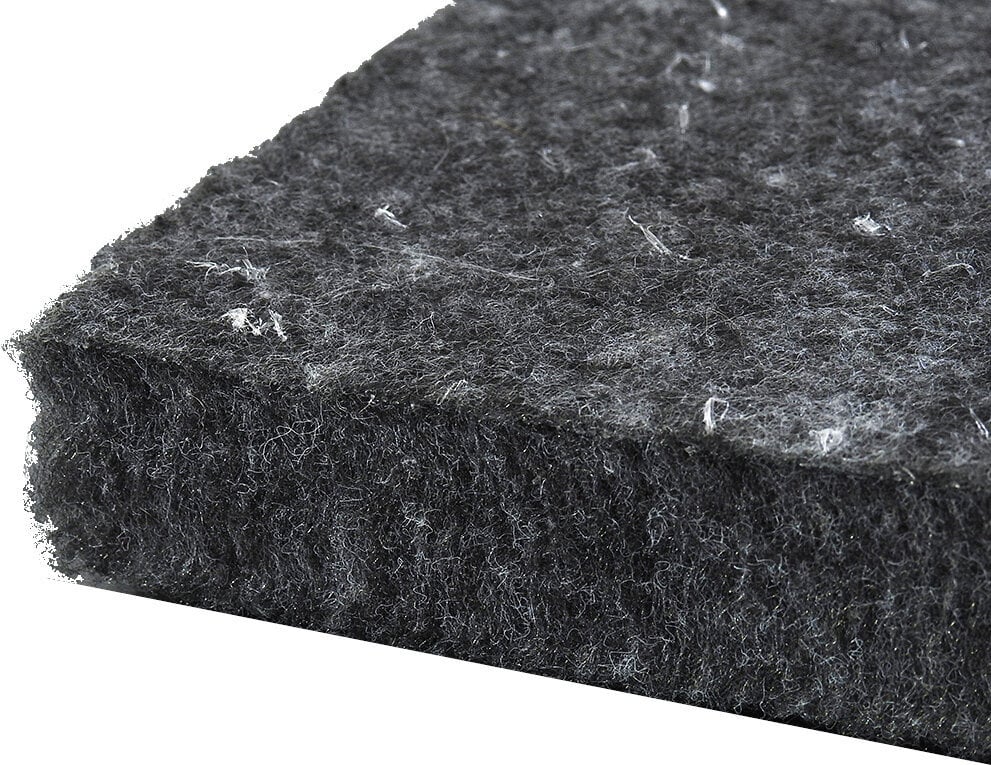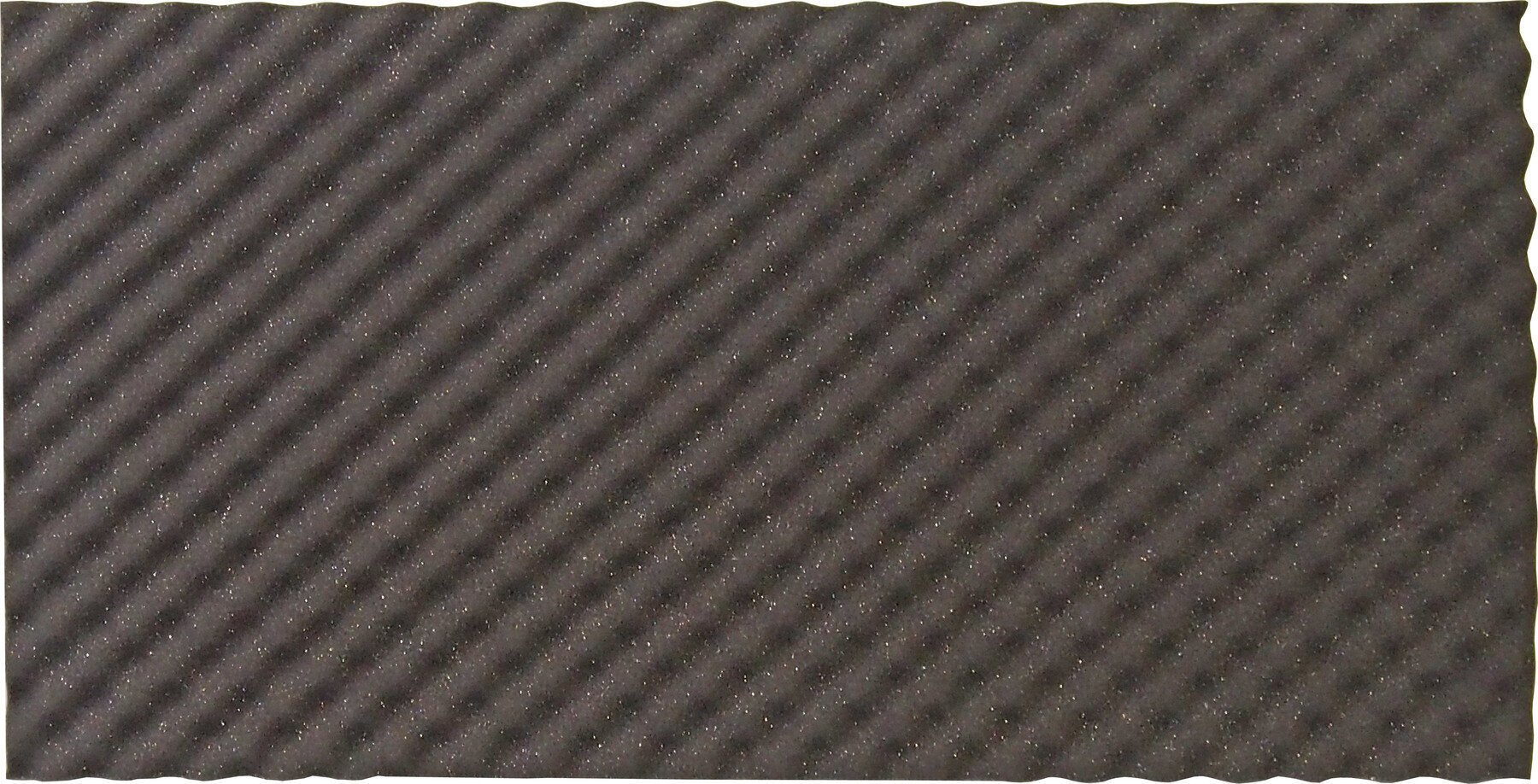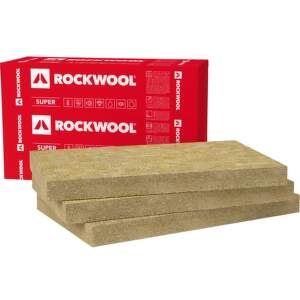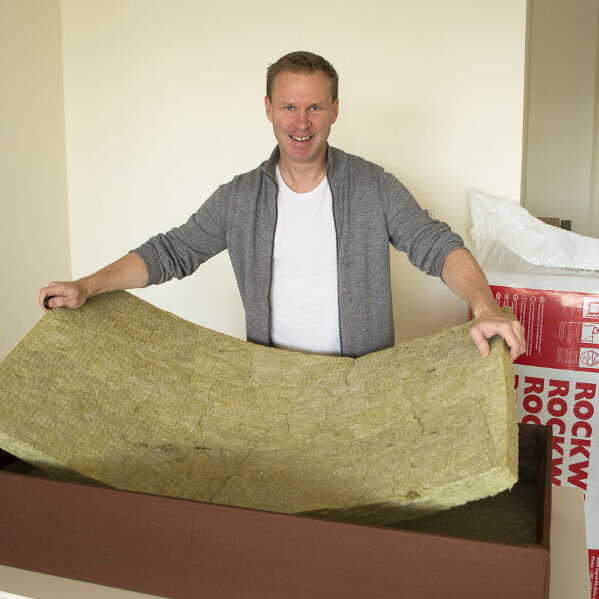renemartin
Member
- Joined
- Aug 7, 2023
- Messages
- 15
- Likes
- 1
Hi, I want to make 4 DIY acoustic panels.
I've read on reddit that the important thing is the thickness of the material, not have to worry about material type itself.
But I have no experience, what should i choose?
I like that polyester thing or rockwool 'cause of the thickness they provide. More leaned toward polyester 'cause less harmful then rockwool I guess.
What y'all think? Thanks
type: Molded foam
panel size: 100x50x14 cm
panel price: 45€

 www.alza.sk
www.alza.sk
type: polyester
panel size: 100x50x12 cm (or can be 100x50x15 if i take one more)
panel price: 25€ (or 31€)

 www.muziker.sk
www.muziker.sk
type: acoustic foam
panel size: 100x50x12 cm
panel price: 30€

 www.muziker.sk
www.muziker.sk
type: rockwool
panel size: 100x50x12 cm (or 100x50x16)
panel price: 20€ (or 30€ https://www.baustore.sk/tepelna-izo...8axl_JFZ0LcJixV6t4QipFpaND80deMRoCmcEQAvD_BwE)

 www.baustore.sk
www.baustore.sk
I've read on reddit that the important thing is the thickness of the material, not have to worry about material type itself.
But I have no experience, what should i choose?
I like that polyester thing or rockwool 'cause of the thickness they provide. More leaned toward polyester 'cause less harmful then rockwool I guess.
What y'all think? Thanks
type: Molded foam
panel size: 100x50x14 cm
panel price: 45€

PYRAMID 4 Pack Molded Foam HD 70 mm - Akustický panel | Alza.sk
Akustický panel PYRAMID 4 Pack Molded Foam HD 70 mm na www.alza.sk. ✅ Bezpečný nákup. ✅ Všetky informácie o produkte. ✅ Vhodné príslušenstvo. ✅ Hodnotenie a...
type: polyester
panel size: 100x50x12 cm (or can be 100x50x15 if i take one more)
panel price: 25€ (or 31€)

Jilana Elastic Antinoise 100x50x3 Čierna - 8,29 € - Muziker
Jilana Elastic Antinoise 100x50x3 ✓ Garancia najlepšej ceny ✓ Rýchla doprava ✓ Vrátenie tovaru až do 30 dní ✓ Profesionálny zákaznícky servis ✓ 25 rokov na
type: acoustic foam
panel size: 100x50x12 cm
panel price: 30€

Mega Acoustic PA-S-10050-DG 100x50x4 Dark Grey - 9,39 € - Muziker
Mega Acoustic PA-S-10050-DG 100x50x4 Dark Grey ✓ Garancia najlepšej ceny ✓ Rýchla doprava ✓ Vrátenie tovaru až do 30 dní ✓ Profesionálny zákaznícky servis
type: rockwool
panel size: 100x50x12 cm (or 100x50x16)
panel price: 20€ (or 30€ https://www.baustore.sk/tepelna-izo...8axl_JFZ0LcJixV6t4QipFpaND80deMRoCmcEQAvD_BwE)

Tepelná izolácia ROCKWOOL SUPERROCK 120x610x1000mm (4,27 m2) | Baustore
SUPERROCK - ideálna izolácia pre drevostavby a podkrovieKomprimované dosky s vynikajúcimi tepelnoizolačnými a akustickými parametrami. V kombinácii s vyššou objemovou hmotnosťou môžeme dosky využiť pre viac rôznych typov aplikácií.Izolácia SUPERROCK je ideálna pre izolácie šikmých striech,…

